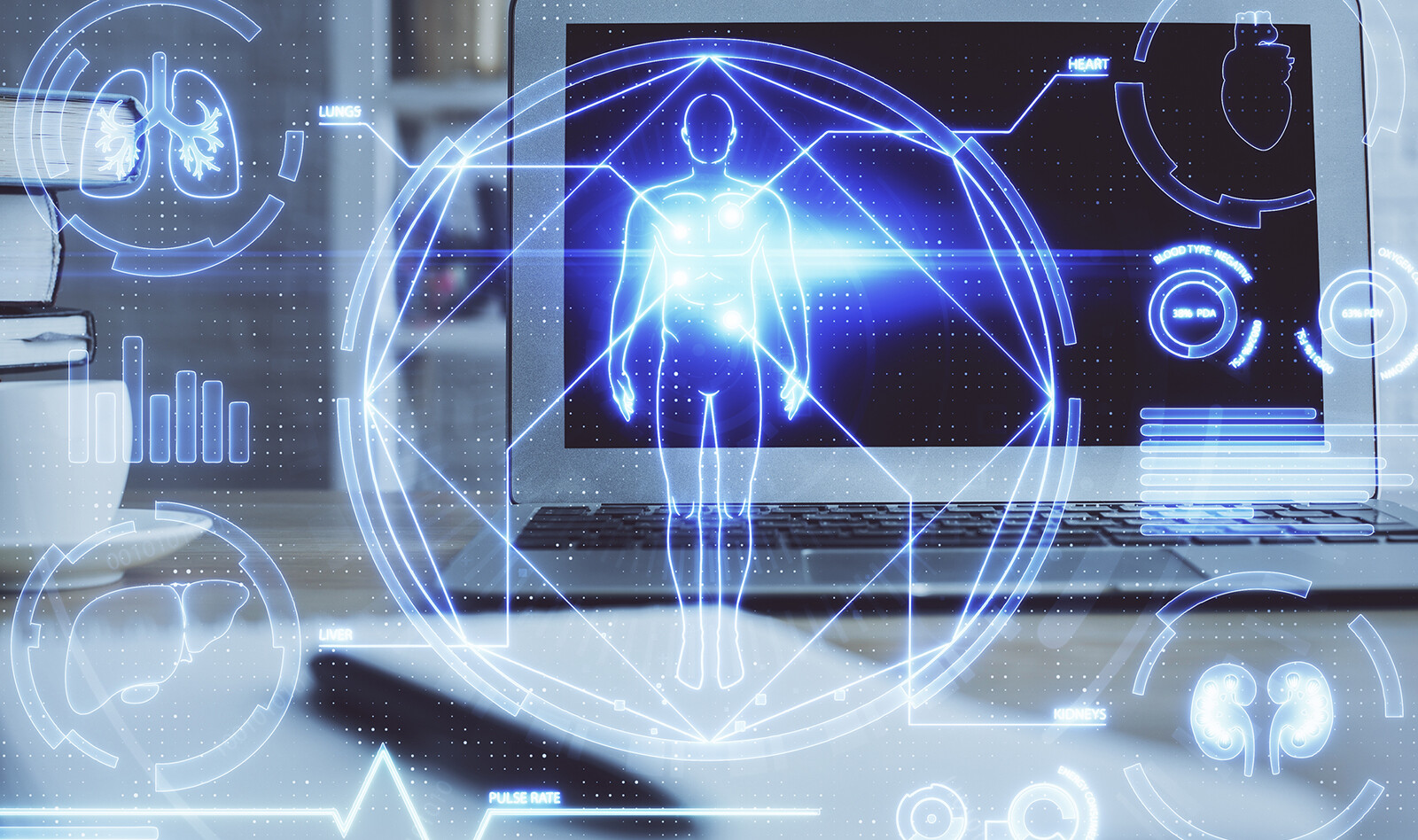ORIGINAL ARTICLE | The Reproducibility of Measuring Maximum Abdominal Aortic Aneurysm Diameter from Ultrasound Images
Source: JAMA Cardiol. 2021 Feb 18
INTRODUCTION
Echocardiography In the US, which is the most common cardiac imaging modality used in diagnosis and management of various heart pathologies, is typically performed in dedicated laboratories by expertly trained sonographers and interpretation by board-certified cardiologists.
However, in many clinical settings, echocardiography is unavailable because of a lack of trained personnel. In these settings, non-expert users may perform limited examinations also known as point-of-care ultrasound (POCUS). However, the quality of these studies is nonuniform, and there are risks of non-diagnostic and misleading imaging. Technology based on AI may for allow acquisition of diagnostic quality ultrasonographic studies by users with minimal training in these settings.
The growth in recent years of artificial intelligence (AI) in echocardiography has largely focused on analysis of images already acquired by sonographers. A recently developed deep-learning (DL) technology provides real-time prescriptive guidance (turn-by-turn instructions) to novice operators to obtain transthoracic echocardiographic (TTE) images that allow for limited diagnostic assessment of cardiac chambers.
The objective of this prospective trial was to determine whether novice users without prior experience in ultrasonography could obtain 10 standard echocardiographic views using this DL-based software, allowing assessment of key cardiac parameters.
METHODS
Development and Function of AI-Guided Image Acquisition Software
The AI-guided image acquisition software (Caption Guidance [Caption Health, previously known as Bay Labs]) provides real time guidance during scanning to assist the user in obtaining anatomically correct images from standard transthoracic echocardiographic (TTE) transducer positions.
The DL algorithm estimates image quality via a component called the quality meter, suggesting probe manipulations using prescriptive guidance. When the real-time quality meter exceeds a preset threshold, it automatically records a video clip (termed an auto-capture). Quality is continuously monitored throughout scanning, so the operator can retrospectively save the best clip observed if the auto-capture threshold is not exceeded.
Study Design
Patients 18-year-old or older, who were scheduled to undergo a clinically indicated echocardiogram, were recruited at two academic medical centers. Both inpatients and outpatients were recruited; individuals were excluded if they were unable to lie flat, had a severe chest wall deformity (including recent chest surgery), or were unable or unwilling to provide informed consent.
Registered nurses without prior experience performing or interpreting ultrasonography were recruited for the trial from hospital personnel. Each nurse underwent a 1-hour didactic session to become familiarized with the ultrasonography machine and AI guidance. Before undertaking the study, each nurse performed 9 practice scans on volunteer models and demonstrated familiarity with the software. A total of 8 nurses were included in the study, with each nurse performing 30 scans. Nurses were instructed to obtain 10 standard TTE views: a parasternal long-axis view; parasternal short-axis views (at aortic, mitral, and papillary muscle levels); apical 4-chamber, 5-chamber, 2-chamber, and 3-chamber views; and subcostal 4-chamber and inferior vena cava (IVC) views.
Following all study and control examinations, a panel of 5 expert echocardiographers independently assessed whether each scan was of diagnostic quality. Four prospectively designated primary end points were evaluated for the study, which assessed whether the nurse examination, taken as a whole, was of sufficient quality for the expert readers to make qualitative visual assessment of (1) left ventricular (LV) size, (2) LV function, (3) right ventricular (RV) size, and (4) the presence of nontrivial pericardial effusion.
RESULTS
A total of 240 patients (mean [SD] age, 61 [16] years old; 139 men [57.9%]; 79 [32.9%] with body mass indexes >30) completed the study; 153 (63.8%) had known cardiacpathology, including 51 (21.3%) with implanted cardiac devices (intracardiac leads and prosthetic valves).
The nurses could scan and acquire images in all patients, with the median acquisition time for the 10 TTE images being 30 (range, 9-82) minutes. Overall, 1109 clips (46.2% of the nurse acquisitions) were auto captured, while the rest used the save best clip option.
For the 4 primary end points, the nurse scans were judged to have adequate quality to assess the clinical parameters in nearly all patients, including LV size, LV function, and pericardial effusion) in 237 of 240 scans (98.8%) and RV size in 222 of 240 scans (92.5%). There was no significant difference in nurses’ ability to obtain diagnostic scans across BMI categories and in patients with vs without cardiac pathology, nor any change as nurses scanned more patients.
For the secondary end points, the proportion of scans with adequate quality was found in more than 90% of patients for all parameters, except for qualitative assessment of the IVC size (138[57.5%]) and tricuspid valve (200 [83.3%]).
When comparing nurse scans and sonographer scans using the same hardware without guidance, there was no significant difference in the assessment of the 4 primary end points (Table 2), nor was there a significant difference among the secondary clinical parameters, except for IVC size (nurse, 135 [57.4%] vs sonographer, 215 [91.5%]).
CONCLUSIONS
The authors were encouraged from the ability of novice personnel to acquire limited diagnostic echocardiographic studies of 4 common parameters in patients across a spectrum of patient BMIs and cardiac pathologies. The believe that this AI guidance algorithm represents a step forward in the interaction of AI with medical imaging and may allow for extension of ultrasonography to settings that ordinarily do not have access.
 English
English
 Español
Español 

